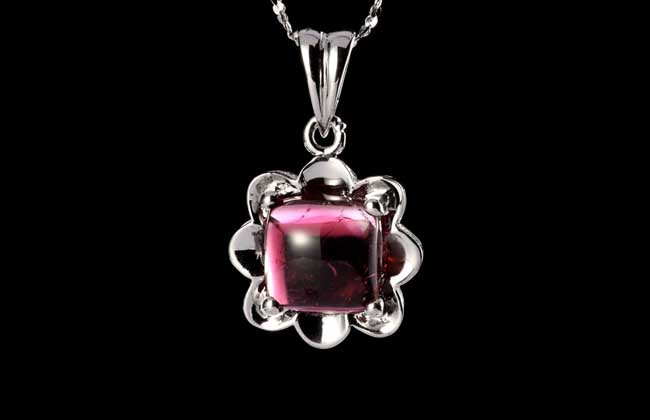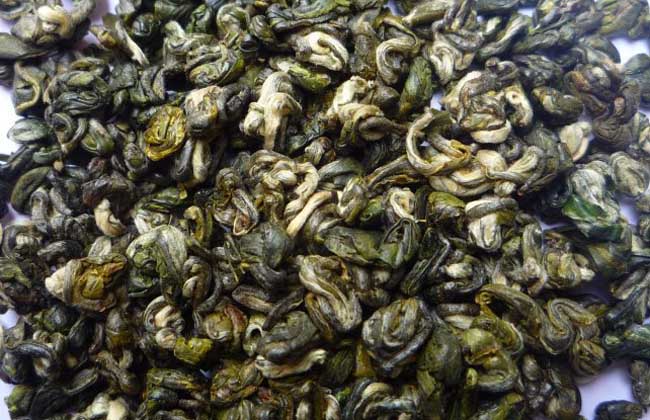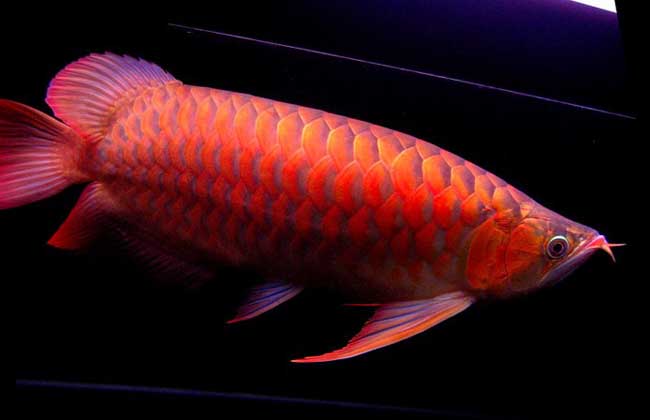How much is the tourmaline necklace?

Tourmaline is a kind of tourmaline that can reach the jewelry level. It is a borosilicate crystal that contains aluminum, iron, magnesium, sodium, lithium, potassium and other elements and presents a variety of colors. The English name is derived from the ancient Sinhala language. It means "mixed gemstones". Tourmaline necklaces are common handicrafts. Let's take a look at how much tourmaline necklaces cost.
How much is the tourmaline necklace?
Tourmaline necklaces can be sold at any price, ranging from hundreds to tens of thousands, depending on color, size and transparency. Generally speaking, those with few defects and bright colors are relatively more expensive. Those in shopping malls may not be good goods, so they have to sell for 3000,000yuan. If you want to buy a good tourmaline, you still have to find friends who know how to do it. Some people say that it is meaningless to buy less than 10,000, and you can see the quality at a glance. If you don't pursue quality, you have to find friends who know how to do it. If you just take it for fun, it will be enough to buy a price of 3000 yuan to 5000 yuan.
What are the varieties of tourmaline necklaces?
1. Blue tourmaline: a general term for light to dark blue tourmalines. Because of its rarity, blue tourmaline has become the most valuable color in tourmaline. Blue tourmaline occurs in yellow clay from weathered granite in Siberia, Russia, as well as in Brazil, Madagascar and the United States.
2. Red tourmaline: a general term for pink to red tourmaline. Red is tourmaline, which is best in purplish red and rose red. It is known as red tourmaline and is called "children's noodles" in China. However, there are more brown, brown and crimson in nature, and the hue changes greatly. At the same time, the specific gravity of tourmaline varies with color, and the specific gravity of crimson is greater than that of pink.
3. Brown tourmaline: dark in color and rich in chemical element magnesium. Brown tourmaline comes from Sri Lanka, North America, Brazil and Australia.
4. Colorless tourmaline: colorless tourmaline is very rare and is produced only in Madagascar and California. It should be noted that there are some colorless tourmalines on the market made from pink tourmalines after heating and desalination.
5. Green tourmaline: green and yellow tourmalines are the most common of all color variants of tourmaline and are therefore less valuable than blue and red tourmalines. Green tourmalines are found in Brazil, Tanzania and Namibia, while yellow ones are found in Sri Lanka.
6. Multicolor tourmaline: due to the well-developed tourmaline band, a red or green dichromatic or trichromatic band often appears on a crystal. Common are red and green gems, commonly known as "watermelon tourmaline", loved by collectors and consumers.
Identification method of tourmaline necklace
1. look at the color: observe the overall clarity and the degree of woolly body of tourmaline. Good tourmaline is very bright and thorough, while the color of tourmaline dyed by workers is relatively stagnant and lacks the natural "precious light" of natural tourmaline. in addition, the cross section of tourmaline is curved triangle and contains visible tubular inclusions.
Look at the color: there are many colors of tourmaline, including red, rose, pink, blue, green, yellow, brown, black and colorless. The highest prices are bright blue and bright red, and the prices of red-green, rose-red and emerald green tourmaline are also very high.
3. Refractive index: tourmaline has a large refractive index. From top to bottom, we can see that the bottom edge shows obvious double shadow phenomenon. And under the transmitted light, if you look at tourmaline from different angles, you will find that the degree of light and shade and hue will change differently. This fake tourmaline is not available. Tourmaline can also be observed with a magnifying glass, and the facet edges and impurities on the back of the tourmaline will have a ghosting effect.
Weight: tourmaline is denser than glass and crystal, and the difference in their weight can be measured by hand or weighing when buying.
5. Transparency: good tourmalines are crystal clear, and those with obvious fog or opacity are generally inferior.
6. Electricity: when tourmaline is heated, its surface will release electric charges, which can attract dust and confetti in the air. When you buy them, you can rub them with your hands or heat them under the irradiation of the sun to observe its electrification.
Related
- A course of planting techniques and methods on how to grow carrots
- How to plant the latest tulips?
- Is it better to pick tea in the morning or in the afternoon? When is the best time for tea to be picked? what is the third or fifth tea?
- Launch Yuanxiao Happy combination Haocha + Tea Yuan healthy Taste
- Penghu Tourism "Fireworks 20 Parade with You"
- 2022 West Lake Happiness holds "Digital Revitalization Voucher" and draws iphone13 and laptop.
- Banqiao Fuzhou social houses are designed to change start-up combined with police elimination to create a safe and livable environment
- The convenient measure of "mechanical weeding" in Xinbei has been abused and the Agriculture Bureau has imposed heavy penalties on the illegal land consolidation.
- Changgeng University Joins Hands with Four Memory Factories to Rescue Memory Talent Shortage
- The list of Taiwan's top 100 MVP managers is listed by the Director-General of the Farmers' Association of Sanxia District.



